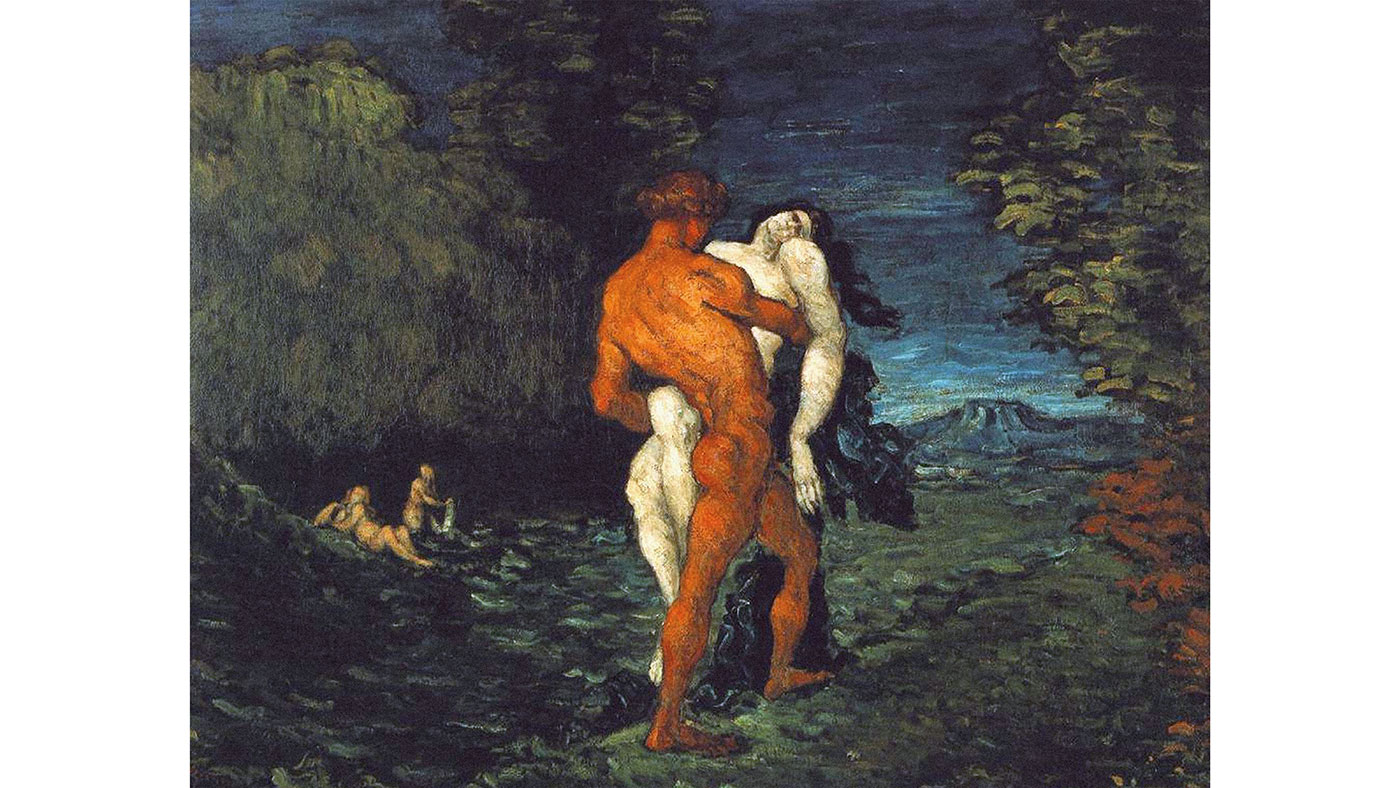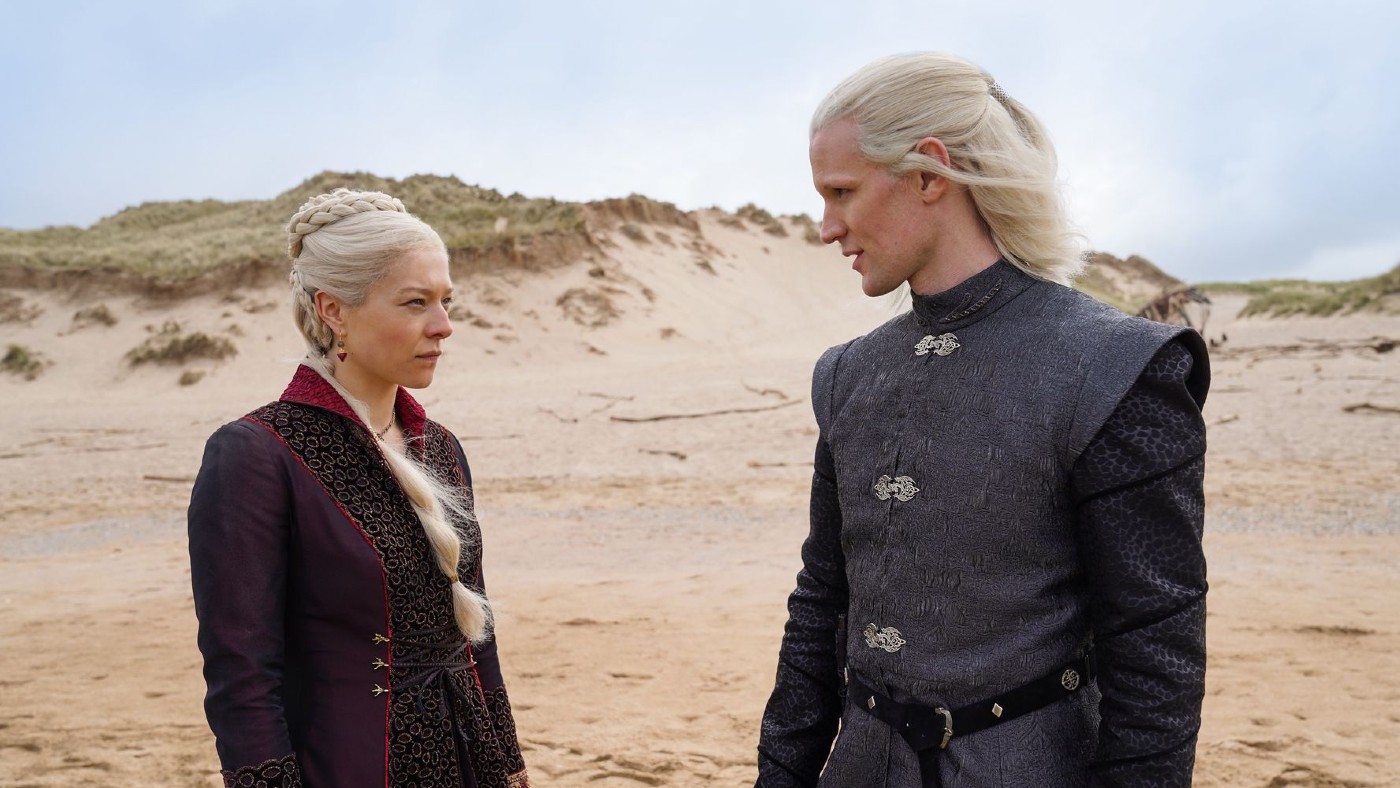Keynes – the economist with an eye for an art bargain
The economist John Maynard Keynes was a savvy art collector


It’s well known that John Maynard Keynes was one of the 20th century’s most important practitioners of the “dismal science” of economics. Less well known is that he was also an avid collector of fine art – and quite a successful one at that.
The economist spent £12,847 on building up his art collection between 1917 and 1945. That collection, according to “Art as an Asset: Evidence from Keynes the Collector”, a study from the Cambridge Judge Business School, is today worth £76.2m, representing an inflation-adjusted return of 6.1% a year.
The Week
Escape your echo chamber. Get the facts behind the news, plus analysis from multiple perspectives.

Sign up for The Week's Free Newsletters
From our morning news briefing to a weekly Good News Newsletter, get the best of The Week delivered directly to your inbox.
From our morning news briefing to a weekly Good News Newsletter, get the best of The Week delivered directly to your inbox.
True, if Keynes had sunk his money into British stocks and reinvested the dividends, his beneficiaries would be sitting on around £90.2m. But share certificates don’t look half as good on the wall; not compared with Georges Seurat’s Study for La Grande Jatte (1884), bought by Keynes for £400 in 1919 while he was writing The Economic Consequences of the Peace following World War I.
Keynes’ most expensive purchase was Paul Cézanne’s 1867 canvas L’Enlèvement (The Abduction – pictured below), bought for £3,500 in 1935, while he was working on The General Theory of Employment, Interest and Money. The ten most expensive paintings in his 135-piece collection accounted for 80% of his total expenditure.

Keynes's art investments performed better than bonds
Part of the reason for his success was that he shunned Old Masters’ paintings in favour of Impressionist and post-Impressionist works that, after a few years, became much more sought after. Not that he received much credit for it at the time. Keynes’s judgment of works of art had been decried as “lamentable” by Clive Bell, the art critic and brother-in-law of Virginia Woolf, as Patrick Hosking points out in The Times.
A free daily email with the biggest news stories of the day – and the best features from TheWeek.com
Yet Keynes’s collection made 9.2 times as much profit as a typical artwork portfolio and 20 times as much as it would have had the money been invested in government bonds.
“For the art collection to have performed far better over the period than government bonds, and to have nearly matched the total return on equities, is an extraordinary outcome,” say the authors of the Cambridge Judge Business School study.
“The collection performed especially well shortly after purchase, suggesting that Keynes was able to buy art at attractive prices.” Keynes clearly had an eye for a bargain. His search even apparently involved visiting auction houses in disguise.
Ever the public servant (he had been employed by the government), Keynes, with artists Roger Fry, Duncan Grant and Vanessa Bell, at one point convinced the Treasury to put up the funds to buy a bunch of Cezannes going cheap for the nation.
But in the end, the director of the National Gallery vetoed the decision, so Keynes bought them for himself. When he died in 1946, the collection went to King’s College, Cambridge, where Keynes had been a bursar. Some of the paintings are today on display at the university’s Fitzwilliam Museum.
This article was originally published in MoneyWeek
-
 The Mint’s 250th anniversary coins face a whitewashing controversy
The Mint’s 250th anniversary coins face a whitewashing controversyThe Explainer The designs omitted several notable moments for civil rights and women’s rights
-
 ‘If regulators nix the rail merger, supply chain inefficiency will persist’
‘If regulators nix the rail merger, supply chain inefficiency will persist’Instant Opinion Opinion, comment and editorials of the day
-
 Trump HHS slashes advised child vaccinations
Trump HHS slashes advised child vaccinationsSpeed Read In a widely condemned move, the CDC will now recommend that children get vaccinated against 11 communicable diseases, not 17
-
 Sport on TV guide: Christmas 2022 and New Year listings
Sport on TV guide: Christmas 2022 and New Year listingsSpeed Read Enjoy a feast of sporting action with football, darts, rugby union, racing, NFL and NBA
-
 House of the Dragon: what to expect from the Game of Thrones prequel
House of the Dragon: what to expect from the Game of Thrones prequelSpeed Read Ten-part series, set 200 years before GoT, will show the incestuous decline of Targaryen
-
 One in 20 young Americans identify as trans or non-binary
One in 20 young Americans identify as trans or non-binarySpeed Read New research suggests that 44% of US adults know someone who is transgender
-
 The Turner Prize 2022: a ‘vintage’ shortlist?
The Turner Prize 2022: a ‘vintage’ shortlist?Speed Read All four artists look towards ‘growth, revival and reinvention’ in their work
-
 What’s on TV this Christmas? The best holiday television
What’s on TV this Christmas? The best holiday televisionSpeed Read From films and documentaries to musicals for all the family
-
 Coco vision: up close to Chanel opticals
Coco vision: up close to Chanel opticalsSpeed Read Parisian luxury house adds opticals to digital offering
-
 Abba returns: how the Swedish supergroup and their ‘Abba-tars’ are taking a chance on a reunion
Abba returns: how the Swedish supergroup and their ‘Abba-tars’ are taking a chance on a reunionSpeed Read From next May, digital avatars of the foursome will be performing concerts in east London
-
 ‘Turning down her smut setting’: how Nigella Lawson is cleaning up her recipes
‘Turning down her smut setting’: how Nigella Lawson is cleaning up her recipesSpeed Read Last week, the TV cook announced she was axing the word ‘slut’ from her recipe for Slut Red Raspberries in Chardonnay Jelly